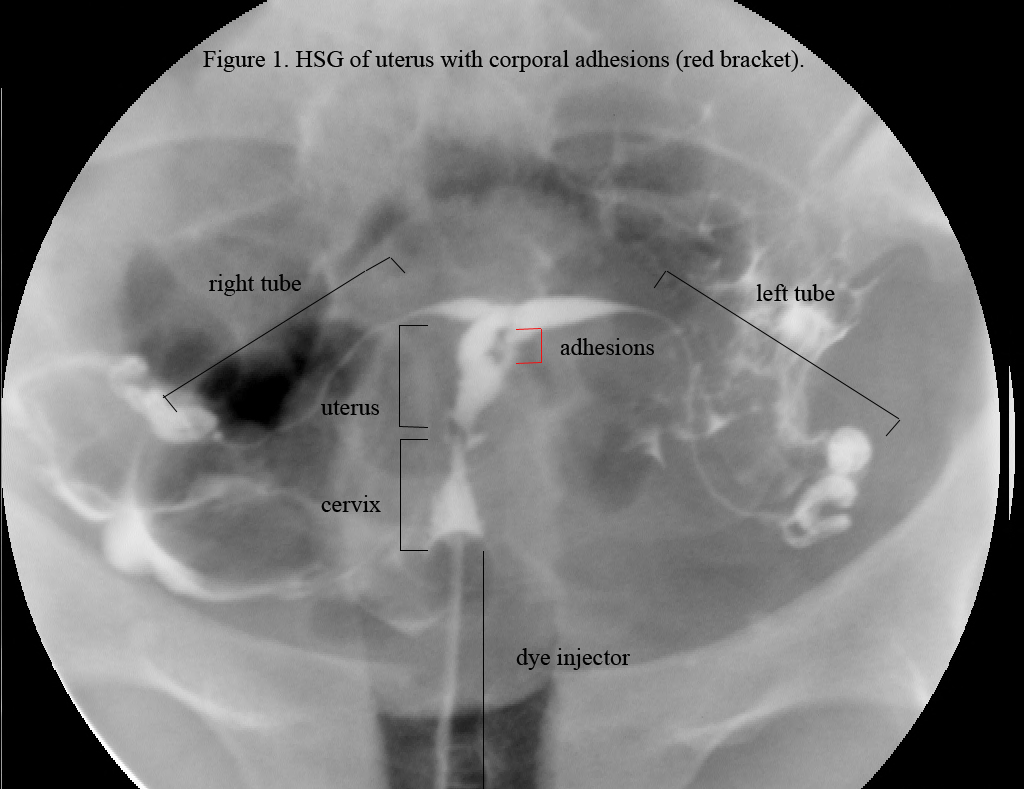
 We’ve previously discussed the importance of egg quality when trying to achieve pregnancy, especially as it relates to advanced maternal age. Your doctor will want to determine this by examining reproductive hormone levels.
We’ve previously discussed the importance of egg quality when trying to achieve pregnancy, especially as it relates to advanced maternal age. Your doctor will want to determine this by examining reproductive hormone levels.
The middle of a woman’s menstrual cycle is marked by ovulation. This occurs when the ovary releases a mature egg. But how to know exactly when you are ovulating? Your doctor may use some of the following tests to make that determination.
- Blood Hormone Test: This measures the reproductive hormones estradiol (a type of estrogen), follicle stimulating hormones (FSH), thyroid stimulating hormone (TSH) and prolactin.
- Basal Body Temperature Charts: Each morning, you record your temperature in a log. It should rise slightly about one day after ovulation.
- Sonogram (Ultrasound): provides actual images of the ovary; done at the predicted time of ovulation.
- LH Test Kit: These are the “at-home” test kits. A urine test detects a sudden increase in lutenizing hormone (LH). This surge is needed for the egg to be released.
- Endometrial Biopsy: A small tissue sample is taken from the uterine lining to see if it has developed adequately to support a fertilized egg.
In addition to ovulation testing, your doctor will want to make sure your fallopian tubes are not blocked. A blockage would prevent the egg from passing from the ovary to the uterus. The test: a hysterosalpingogram. (Sometimes referred to as “the dye test”.) Blockages in the tube(s) are detected using x-rays and a special dye.
Your doctor will also examine your uterus, to make sure it is structurally and anatomically correct. A uterine examination can be done with a sonogram, hysterosalpingogram, or a sonohysterogram. A sonohysterogram refers to a test in which the uterine cavity is injected with saline solution and an ultrasound checks uterine walls.
 Patient Portal
Patient Portal